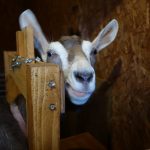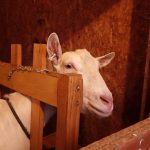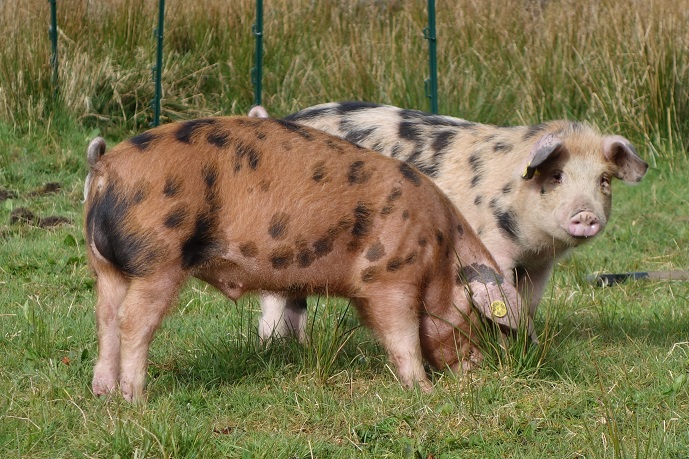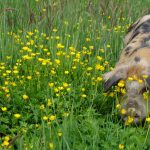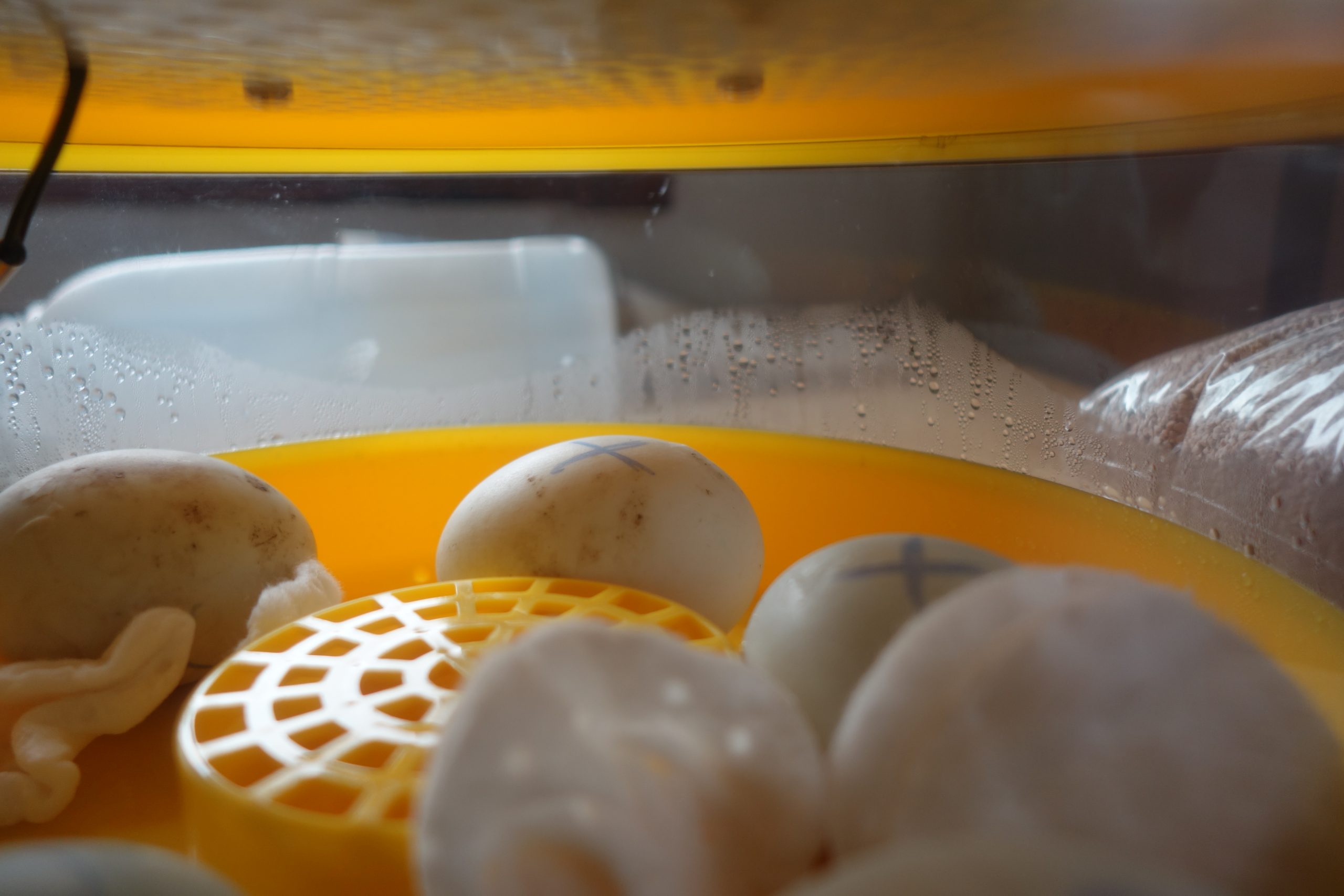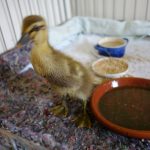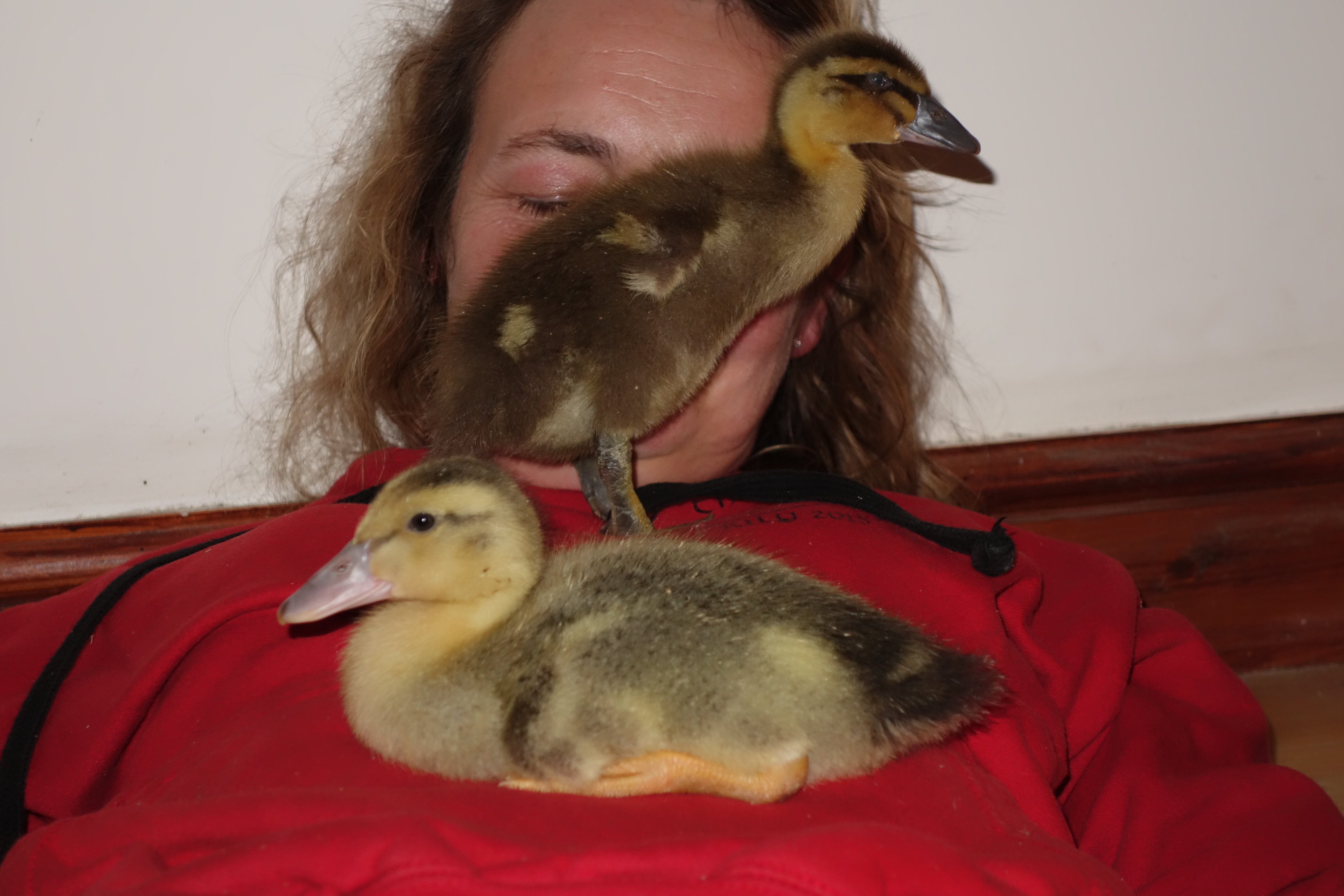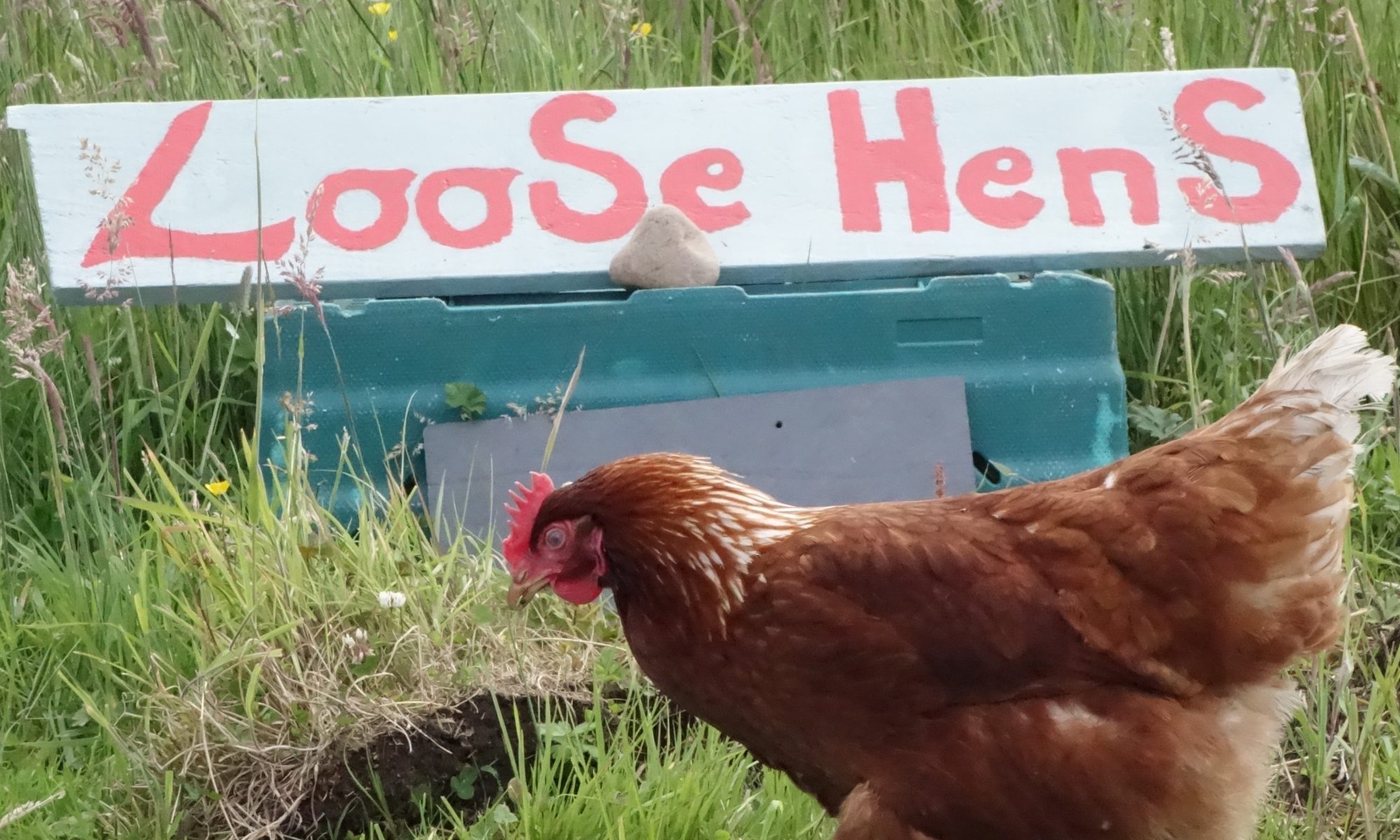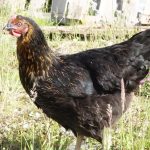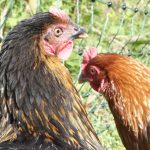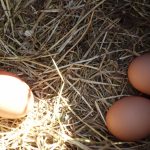One of our aims for Achray Farm was to create a regenerative environment. This tenet is not only in what we produce (see Blog from April 2018), but also in how we operate on our triple-bottom line of Financial, Social and Environmental impact.
One of the biggest environmental aspects outwith our direct control is the power and heat used to supply the domestic residential, guest accommodation and operations on the farm. Although we currently utilise a “green” tariff with our energy supplier we knew there was more potential and opportunity with the space and environment to do more.
![20180603213607_b0e2e94b-cf1b-411e-afae-029aec7fd2a2_small[1]](https://achrayfarmcouk.files.wordpress.com/2018/07/20180603213607_b0e2e94b-cf1b-411e-afae-029aec7fd2a2_small1.png)
In late 2017 we began investigation into integrating a local district heating system for the buildings under current (and future) development and solar to use our own power on-demand and supply a little back to the grid. Although we considered geothermal, the risks of shallow arrays in our stony glacial till and the costs of deep bores brought us to more conventional solar and biomass combination.
Solar
Solar power in Scotland? That sounds like growing grapes and sweetcorn here but there are now large-scale subsidy-free commercial developments and panels that work well under a range of conditions, including direct sunlight (and there are even sweetcorn and grapes growing in Scotland now as well!).
Even with these, typically East coast, developments The Trossachs is not seen as a primary or high solar gain area. However, being able to optimise a ground-mounted array with unrestricted orientation and alignment, when the sums were presented the long-term financial balance along with the improved environmental impact of the farm as a whole allowed us to progress.
As it turns out, 2018 has been a phenomenally sunny year since May, making up for the long cold winter. We passed our first tree saved, have hit a couple of 30KWh days and even reached 1MWh in less than 2 months. Some modern offshore wind turbines can generate a MWh in around 10 minutes under good conditions, but I am very pleased by our performance from late April to June.

 We have also installed an ImmerSun immersion control to maintain our hot water tank temperatures by scheduling hot water during the day to use our own power first before the biomass system needs to fire up.
We have also installed an ImmerSun immersion control to maintain our hot water tank temperatures by scheduling hot water during the day to use our own power first before the biomass system needs to fire up.
Biomass
Our biggest investment, and biggest capacity to control our impact and energy security is the biomass infrastructure. There is a lot of discussion in relation to biomass as an environmental level, but living in Scotland, surrounded by commercial forestry that creates local by-products and sourcing local suppliers.
Now, after construction of a new building, built to fit into the listed building environment, hand digging deep trenches, the installation of a new boiler and accumulator with enough pipework to make an almost sculptural engineering work of art contorted into the space. All this is supplied by a 9-ton pellet store and automated auger feeder. When filled up in the autumn (no seasonal price differences in pellet supply) this should be able to readily last us through the winter and icy/snowy forest roads that can prevent heavy deliveries for months at a time.
Pellet supply from BD Supplies was efficient with advice and a clean delivery, weighed to the Kg.

Our main energy contract suppliers, Mike and Dave from Energy Source (UK) have throughout been professional, friendly and flexible in designing, installing and commissioning our solution.

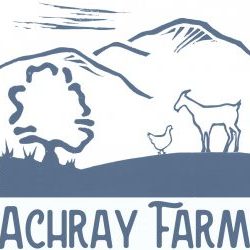


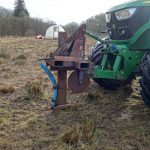
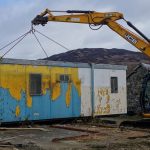

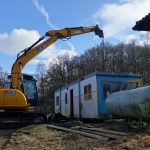

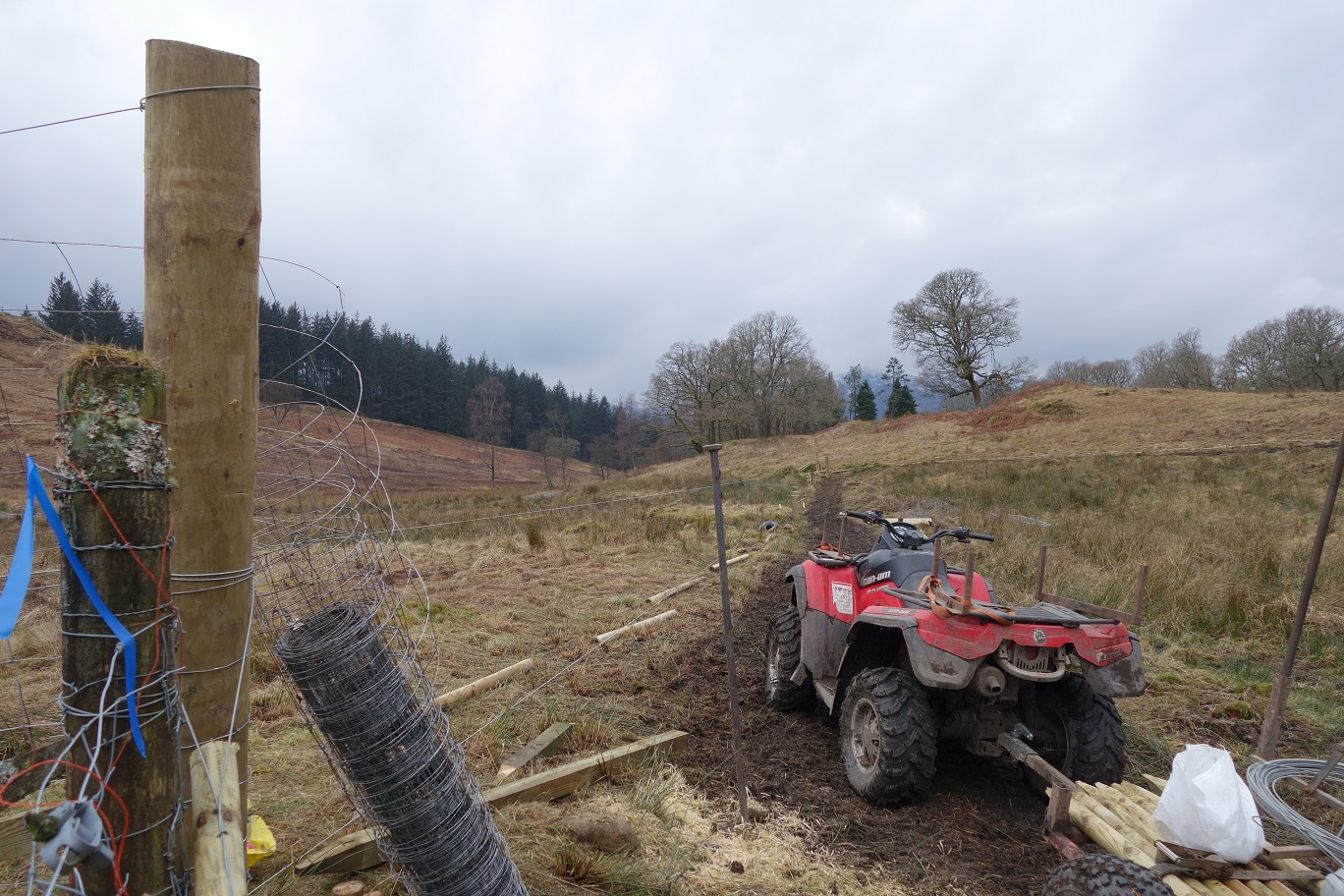
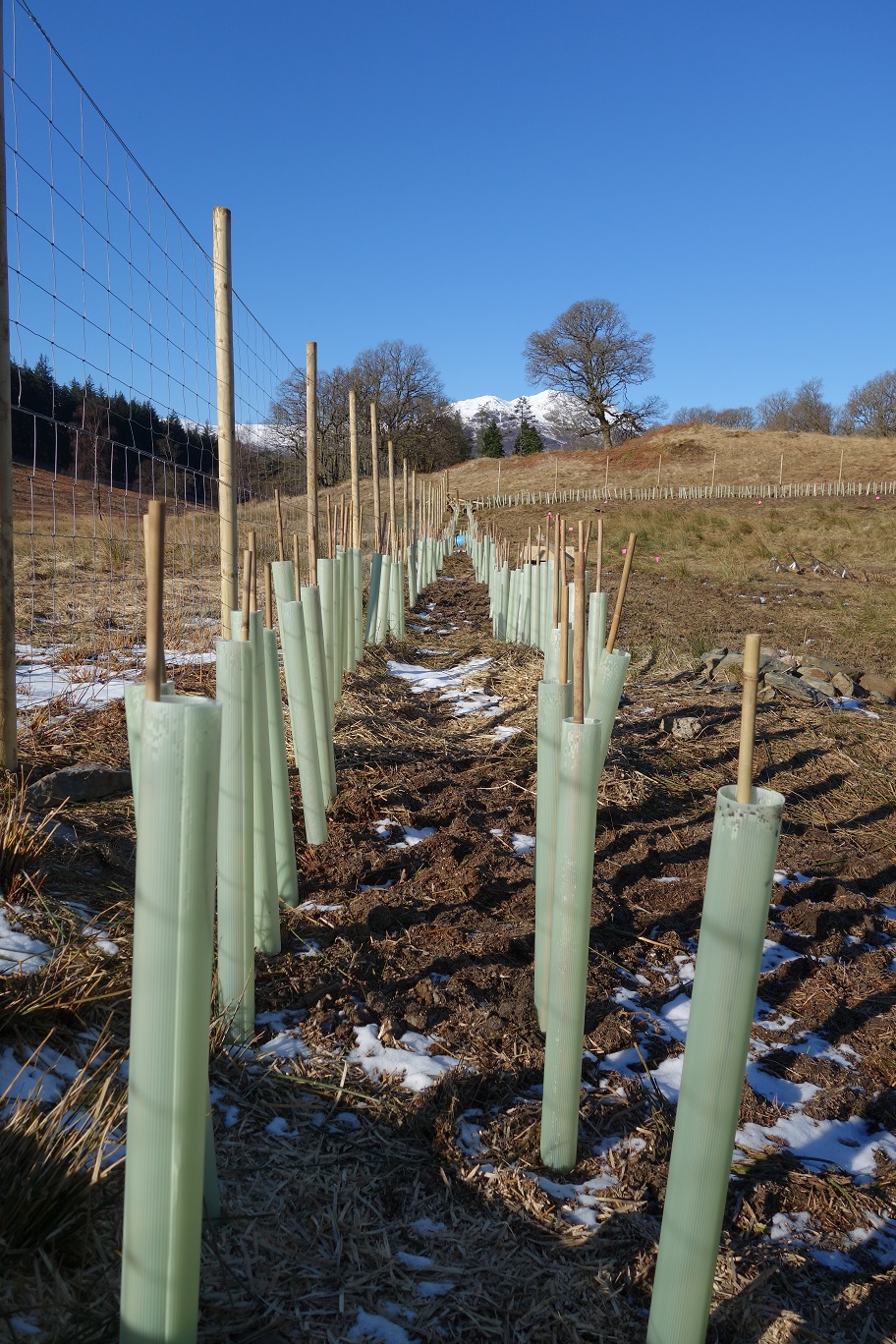
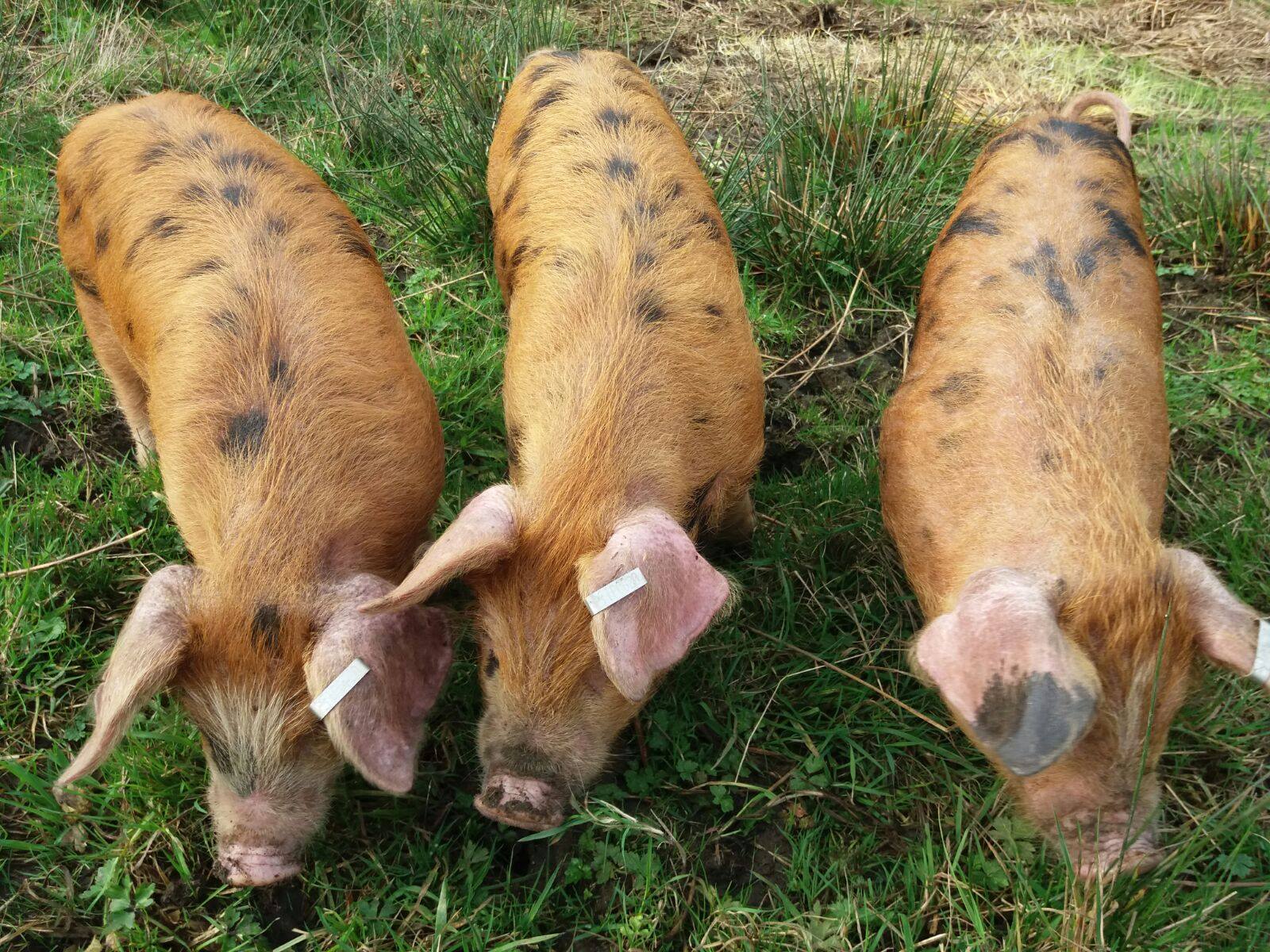
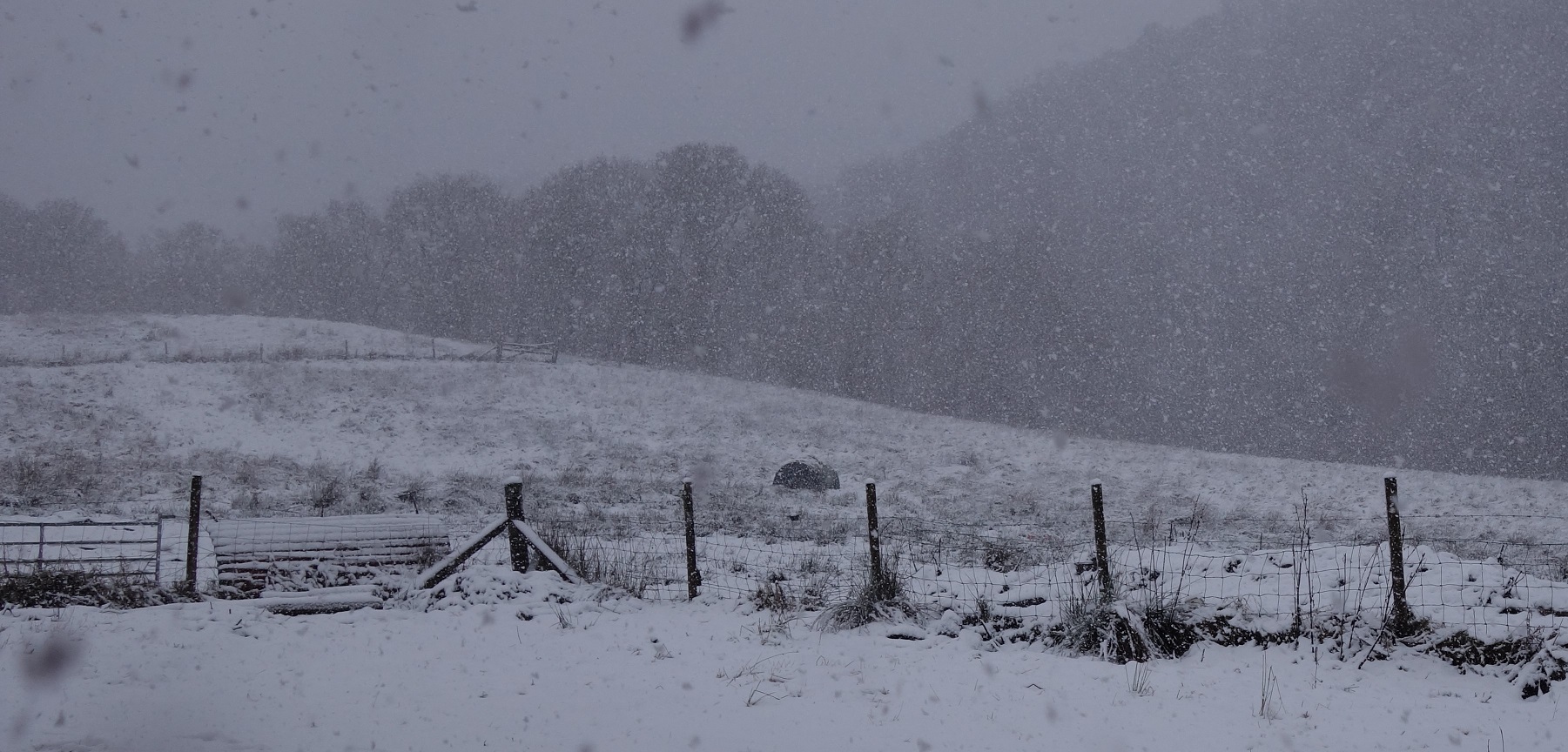
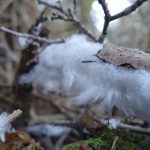
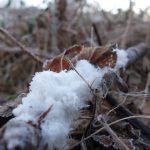
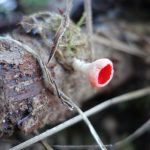

 We never intended to be quite so populous at Achray. But one thing leads to another and we now have a small and mostly growing menagerie of producers and produce.
We never intended to be quite so populous at Achray. But one thing leads to another and we now have a small and mostly growing menagerie of producers and produce.